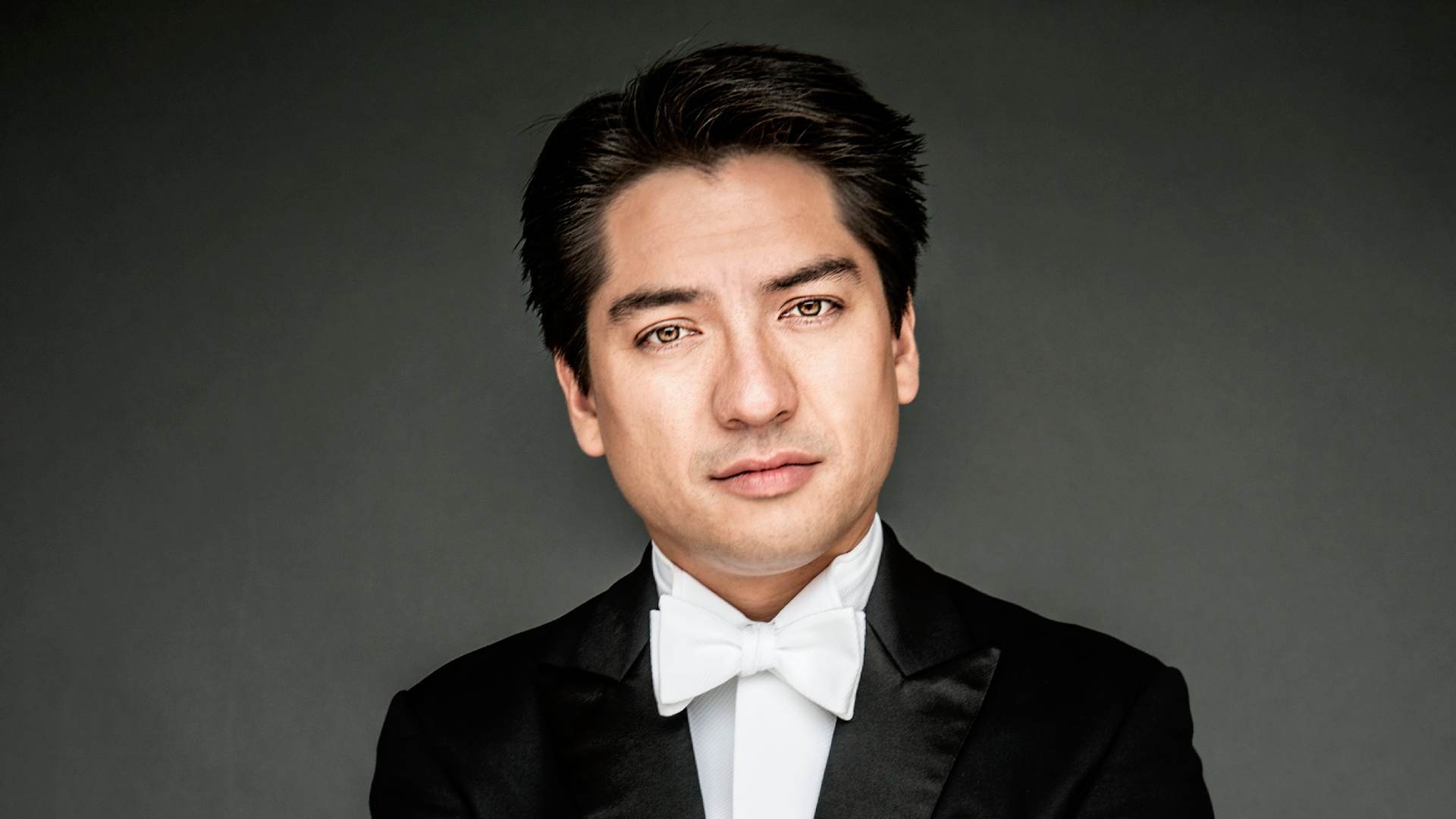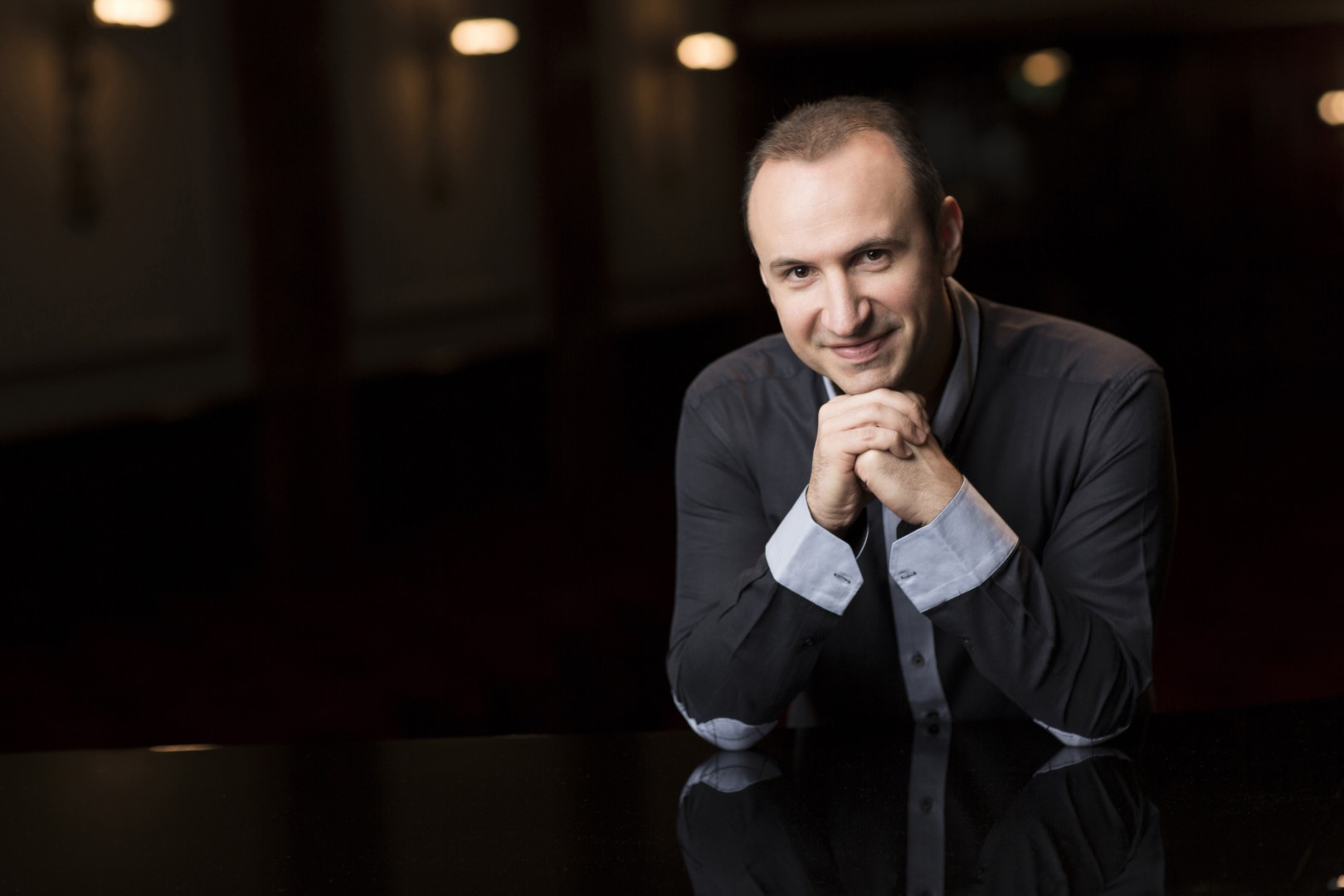A5 Schönberg. Brahms. Beethoven
CZK 900 | 760 | 580 | 300 (SL/E*) | CZK 150 (ST*)
*SL/E partial view and organ gallery above the stage
*ST standing
Change of conductor and programme
Dear visitors, the originally announced conductor Domingo Hindoyan cannot come to Prague due to health reasons. Eugene Tzigane will take over the conducting. The composition by Anton Webern will be replaced by a piece by Arnold Schönberg.
Thank you for your understanding.
The waltz reappears regularly throughout the oeuvre of Austrian composer Arnold Schoenberg (1874 – 1951), marking key moments in his development. As an exceptionally talented child of eight he composed a set of Allianz-Walzer (1882), dedicated to his grandmother; it is the Waltz (1921) from the Five Piano Pieces op. 23 that is considered the first ever twelve-tone work; and the scandalously received Variations for Orchestra op. 31 (1928), also containing a waltz, is the first work in which he applied the dodecaphonic compositional approach to larger forces.
He remained faithful to the genre throughout his career, including in his late works, and besides his own waltzes also arranged a number of those by Johann Strauss for special occasions.
Alexander von Zemlinsky, Schoenberg’s friend and compositional mentor (and later his brother-in-law), was director of a Viennese amateur string orchestra known as Polyhymnia, and in 1895 it was this ensemble that Schoenberg joined as a cellist.
The programme for the orchestra’s first concert in March 1896 is known to have included music by Zemlinsky as well as the first official airing of a work by Schoenberg. It is not known precisely which of the latter’s scores was performed on that occasion, and neither do we have any evidence as to whether or not the Waltzes for String Orchestra (1897) were performed at that time at all, but it was most likely for the same ensemble that they were composed.
A performance of these delicate, pleasantly melodic pieces in the Viennese mode, somewhat reminiscent also of the Schubertian Ländler, was given at the Salzburg Mozarteum in 2004, shortly after the work’s publication, and is regarded as its world premiere.
Projekt se uskutečňuje za finanční podpory Ministerstva kultury, Národního plánu obnovy a Evropské unie.

You may also like















